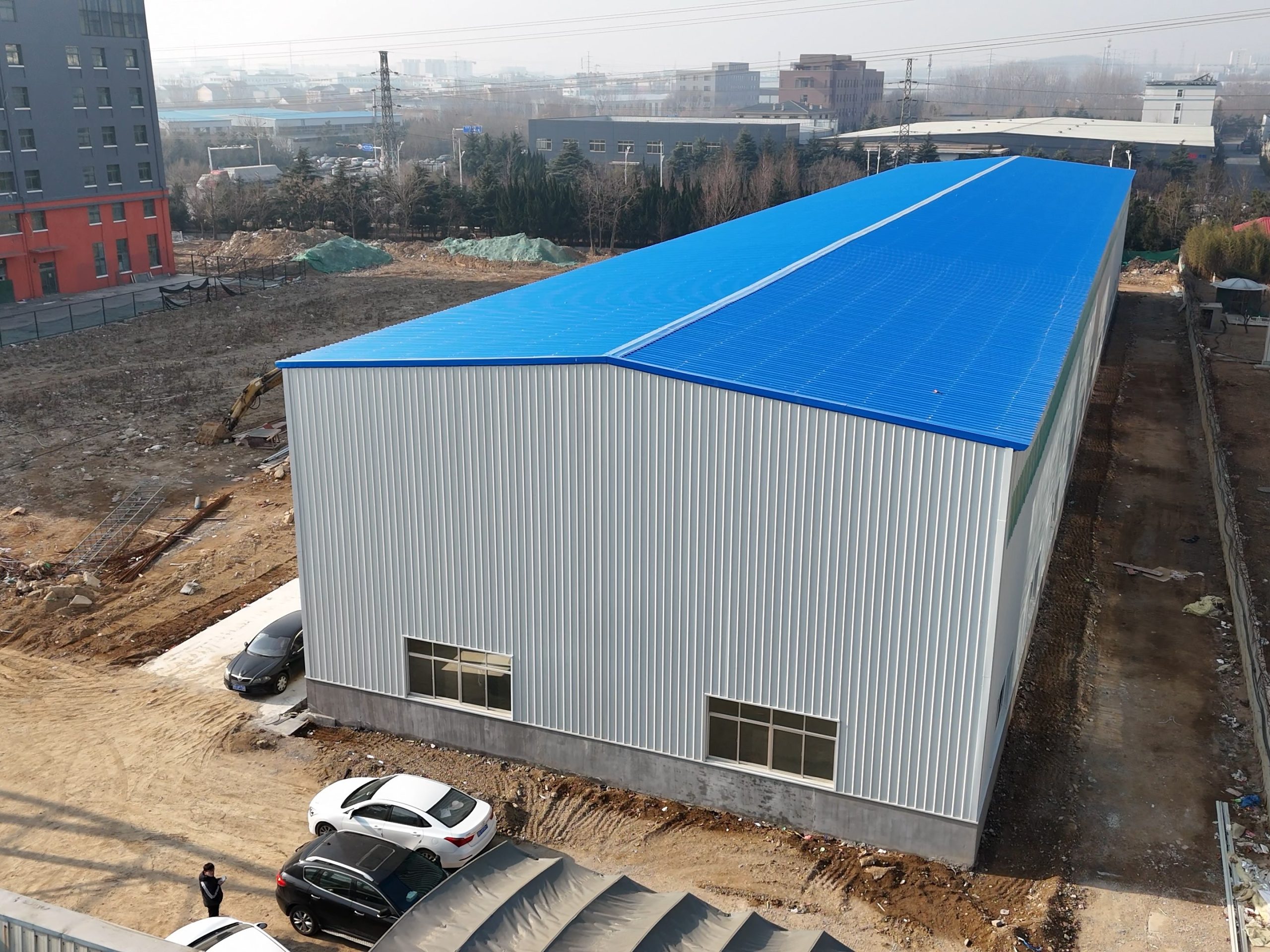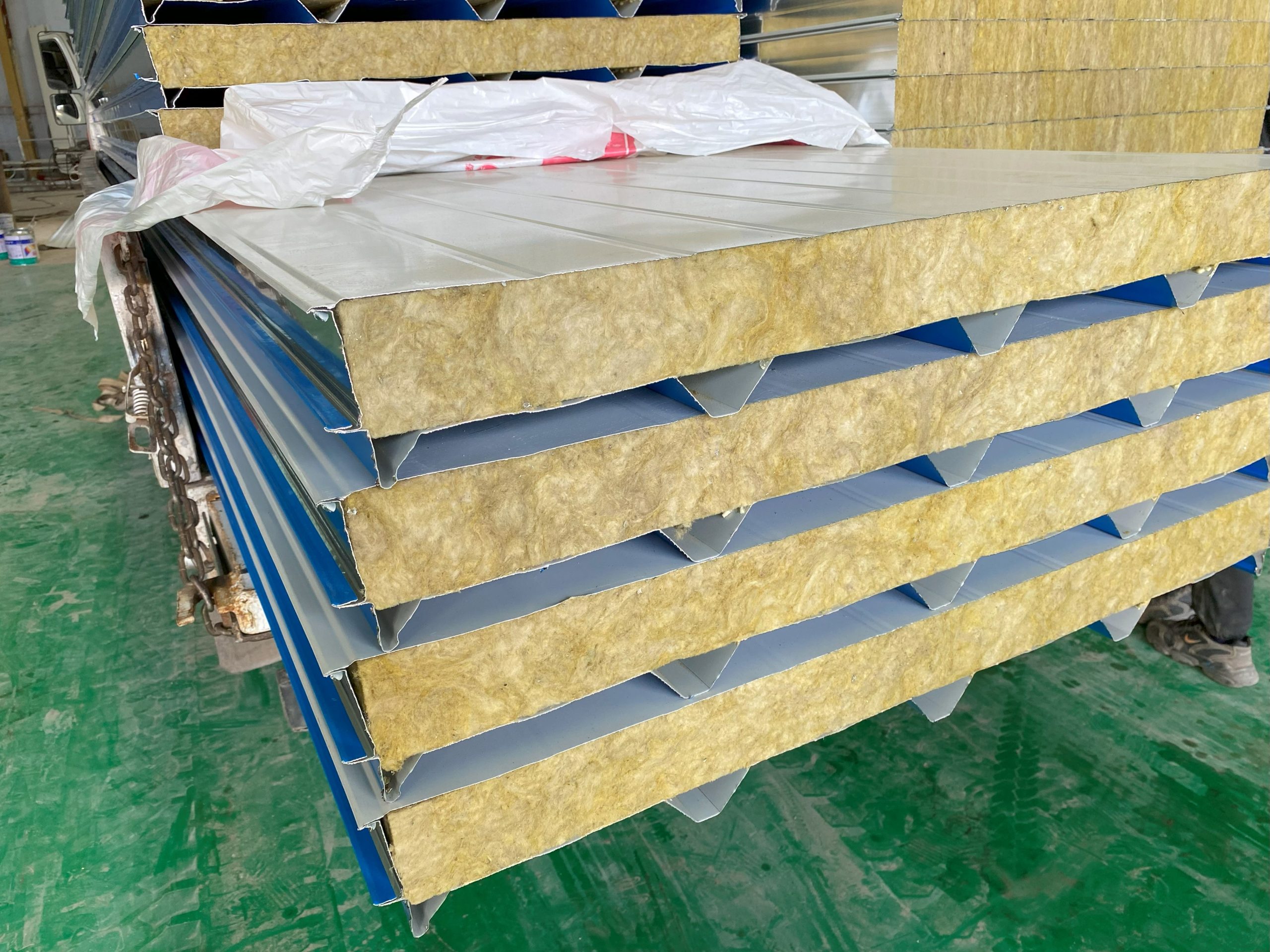Table of Contents
Comparative Analysis of Sound Absorbing Cotton and Other Sound Insulation Materials: A Detailed Study
Sound insulation materials are integral components in the construction and design of buildings, vehicles, and various other structures. They are primarily used to reduce noise pollution, enhance privacy, and improve the overall acoustic quality of a space. Among the myriad of sound insulation materials available in the market, sound absorbing cotton has gained significant attention due to its unique properties. This article presents a comparative analysis of sound absorbing cotton and other sound insulation materials, shedding light on their respective strengths and weaknesses.
Sound absorbing cotton, as the name suggests, is a type of insulation material made from cotton fibers. It is often praised for its eco-friendly nature, as it is made from recycled cotton materials, making it a sustainable choice. Moreover, it is non-toxic, hypoallergenic, and does not contain any irritants, making it safe for use in various environments. In terms of performance, sound absorbing cotton effectively reduces noise Levels by absorbing sound waves, thereby preventing them from bouncing off hard surfaces. It is also easy to install and can be cut to fit any space, making it a versatile option for sound insulation.
On the other hand, other sound insulation materials such as fiberglass, mineral wool, and foam insulation also offer effective soundproofing solutions. Fiberglass, for instance, is a popular choice due to its excellent sound absorption capabilities. It is lightweight, easy to install, and relatively inexpensive. However, it can be irritating to the skin and respiratory system, and it is not as environmentally friendly as sound absorbing cotton.

Mineral wool, another common sound insulation material, is known for its superior fire resistance and sound absorption properties. It is denser than fiberglass and cotton, making it more effective at blocking sound. However, it is more expensive and harder to install than other materials. Additionally, like fiberglass, it can also be irritating to the skin and respiratory system.
Foam insulation, particularly open-cell and closed-cell foam, is also widely used for sound insulation. These materials are excellent at reducing airborne noise and are also effective thermal insulators. However, they are more expensive than other materials and require professional installation. Moreover, some types of foam insulation can release harmful gases over time, posing potential health risks.
In conclusion, each sound insulation material has its own set of advantages and disadvantages. Sound absorbing cotton stands out for its eco-friendly nature, Safety, and versatility, making it an excellent choice for those prioritizing sustainability and health. However, other materials like fiberglass, mineral wool, and foam insulation may offer superior sound absorption or fire resistance, albeit with potential drawbacks such as cost, installation difficulty, and health risks. Therefore, the choice of sound insulation material should be based on the specific requirements of the project, taking into account factors such as budget, installation ease, environmental impact, and health considerations.

